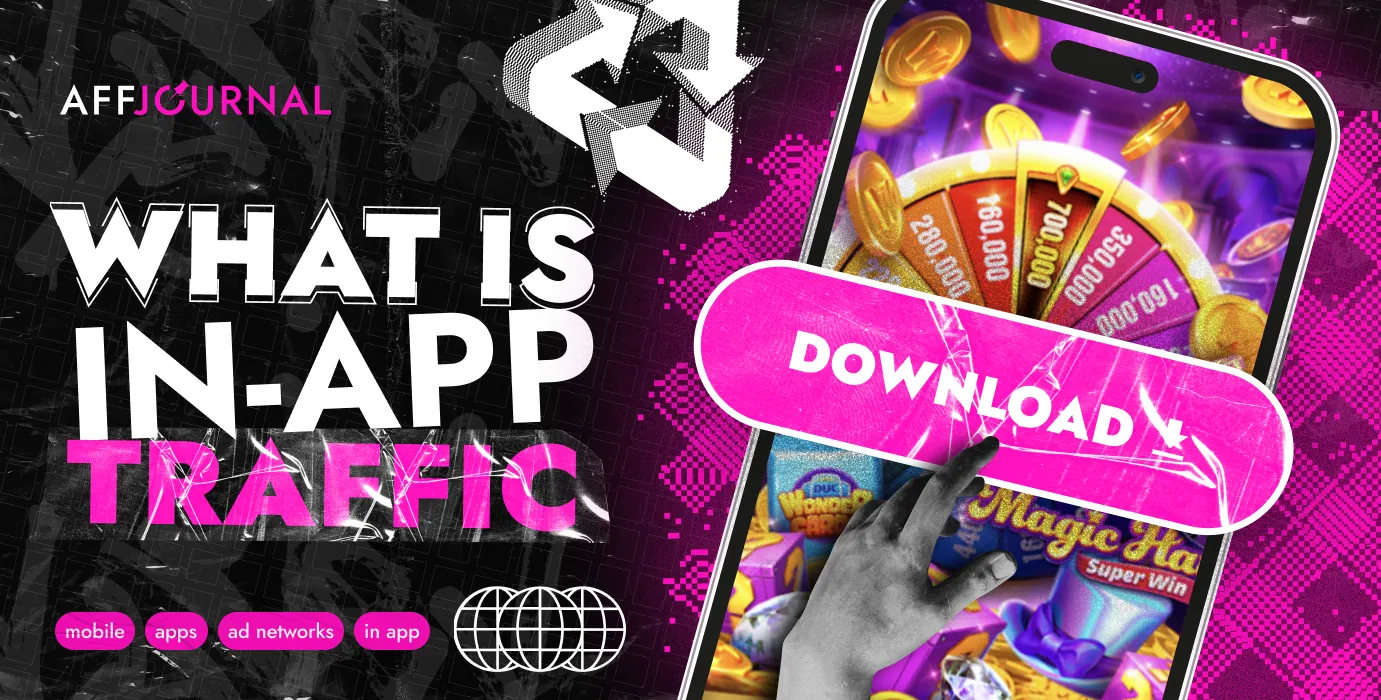

by Editor
As has been noted many times, the share of mobile traffic in lead generation and online advertising is steadily growing. Along with this, new advertising formats are emerging, such as In-App. It appeared far from yesterday, however, if you have not yet used this format to promote CPA offers, then below you will learn how to work with mobile traffic, what verticals and offers are suitable for it. We will show advertising formats, and, of course, profitable cases for making money on In-App.

A visual graph of the growth of mobile traffic in recent years
What is In-Аpp traffic
In-App traffic — users who went to the target resource due to an advertisement from the application from their mobile device. Accordingly, In-App advertisements are advertisements that are shown to the user inside the interface of a mobile application. They exist in the form of banners, videos and small interactives.
Every inhabitant of the planet has more than 10 applications automatically preinstalled on their smartphone, and there can be more than a hundred downloaded ones. Any application can potentially become a source of traffic - OEM or In-App.
OEM traffic is ads in system and pre-installed device applications from the device manufacturer. For example, ads in the system applications of Huawei smartphones can be purchased from the Petal Ads ad network (before the rebranding of Huawei Ads).
If a mobile application is not monetized by subscription, then it is integrated into one or more advertising networks and generates advertising revenue. It is important to note that mobile push traffic or users who got to the landing from mobile sites do not belong to in-app.
In-App ad formats
The capabilities of applications and advertising platforms allow you to use the following types of advertising:
Banner advertising. Static images with a call to action at the bottom, top of the screen, or full screen.

Rewarded Ads. The user is given the opportunity to watch the video in order to receive additional game bonuses or attempts to complete the game level. The video must be watched in full.

Interstitial Ads. A promotional video that takes up the entire screen. Appears after passing a certain milestone in the game or when going to a certain section of the application. There are two types: those that cannot be missed and those that can be skipped after 5-10 seconds.

Playable Ads. It occupies the entire screen and invites the user to try out the game mechanics, solve a puzzle, erase the filling of a lottery ticket with a coin (the so-called erasure).

Native Ads. It is organically embedded in the content of the application. An example is advertising posts in social media applications.

There are other advertising formats (cubes, swipes, offerwall, etc.), but they are somehow subspecies of the above.
Which verticals are best to attract traffic from In-App
In-app ads are almost always used to promote other apps. Thus, for this source, only those verticals can be relevant, the content of which is packaged or can be packaged in applications.
- Gambling. In 80% of cases, this vertical is worked through applications. Push through WebView applications with a stub in the Play Market and launch ads in Unity Ads, Applovin, Vungle or FB on In-App. Important: Many In-App networks prohibit direct casino advertising. Therefore, try workarounds, without calls to register immediately and wager the bonus.

- Betting. For advertising networks of mobile traffic The top niche is eSports betting. Advertising is most often placed in game applications, because this is where the target audience of the vertical lives. Do not be surprised - the audience of mobile games is, on average, very solvent.

- Crypto. Through In-App ads are well converted by educational apps, apps for trading and auto trading. It is enough to look into the stores to understand that the vertical is still gaining momentum. The only difficulty may be with the moderation: you should not promise a quick income after all.
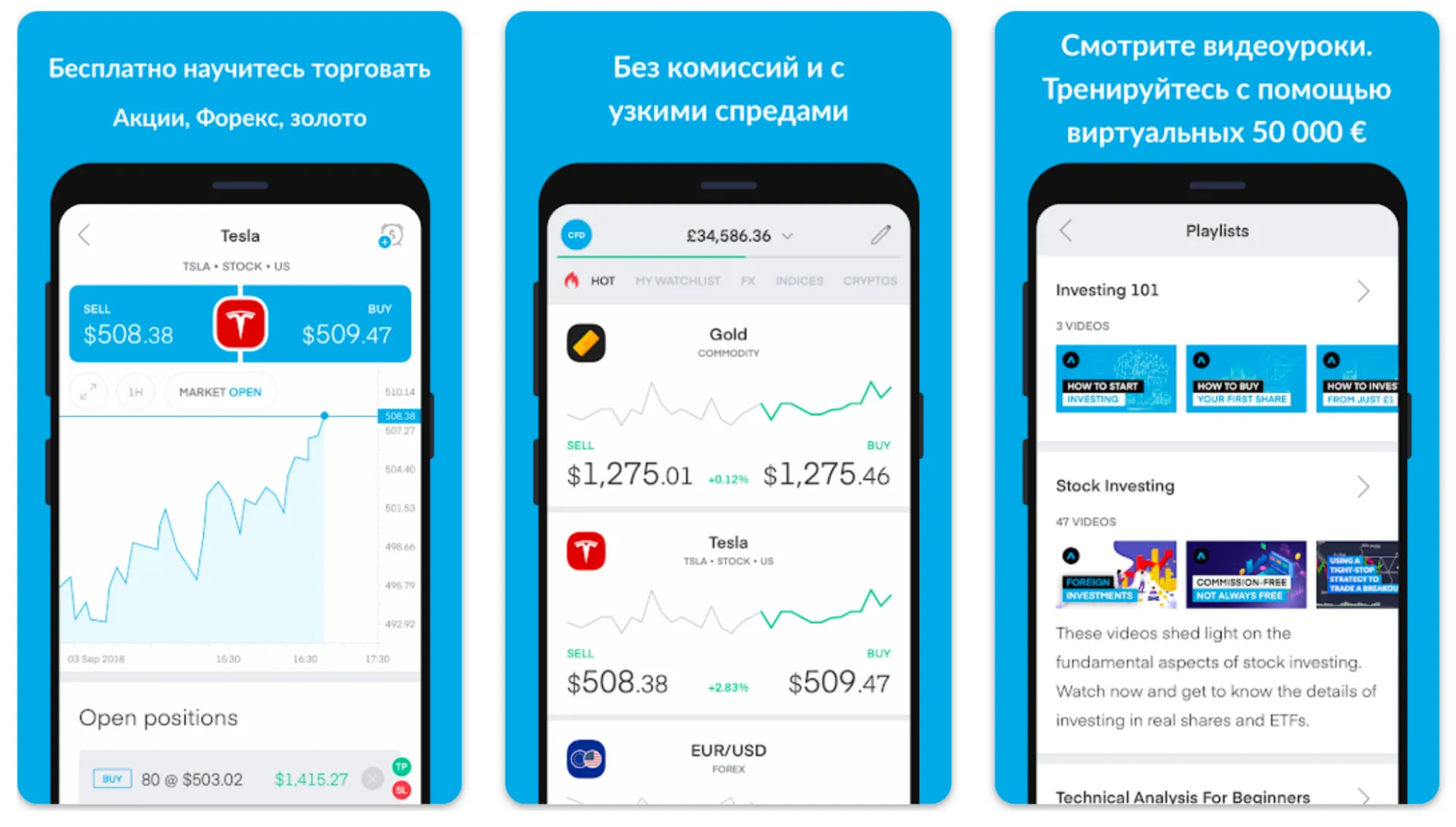
- Finance. In-App perfectly converts everything related to finance: crypto, banks and instant loans. The approach in creatives is the same as in other sources: profit for the user. Important: Many affiliate programs of banks are sensitive to traffic sources. So, before pouring with In-App, just in case, agree on the source.

- Online games and installs. In App traffic gave the install vertical a new lease of life. No need to switch to third-party resources. It is enough to go to the same playmarket and download the game or application.

- Dating. So far, there are no cases in the public domain on how to drive mobile traffic to dating affiliates. But the vertical is promising. Rates on offers in dating are very pleasant. And we remind you that there are In App networks in which most of the audience is from Tier-1 countries.

It is important to note that in-app advertising distracts the user from using the application and slightly spoils its user experience. Most likely, the user will want to quickly close the intrusive advertising window and return to the main interface. Therefore, when working with in-app traffic, you need to rely on bright creatives, and buy advertising itself in applications similar in theme.
Advantages and disadvantages of In-App traffic
If you still do not understand for yourself whether you want to work with In-App traffic or not, here is a list of all the pros and cons. In-App Benefits:
- Creatives. Available ad formats allow you to approach advertising from different angles. Take, for example, interactive. Mini-games, where you need to help the butler or conditionally pop balloons, quickly give the user a chance to try the main product. And spectacular gamble videos on the whole screen will easily attract the attention of the target audience.
- Infrastructure. There is no need for a large number of advertising cabinets and other consumables. No need to engage in farming or warming up accounts.
- Confidence. Users generally trust mobile app content more than website content. Sites can have a lot of low-quality advertising, and the application is downloaded from the official store, it has passed moderation. On such applications, it is impossible to scam or advertise a low-quality product - something like this is how the user thinks.
- Funnel. It is enough for the user to make 2 taps on the screen to install a new application on the device.
- Moderation. Since arbitrageurs have not yet squeezed in-app networks with advertising CPA-offers, ad moderation is still more loyal than in the same Facebook Ads and Google Ads.
- Traffic quality. The quality of in-App traffic is on average higher than traffic from websites.
- Audience. The volume of users in in-App traffic networks is increasing, this trend is unlikely to change in the coming years.
- CTR. In-app ads have a higher click-through rate than web ads on average. Mobile formats do not allow the user to “skip” intrusive content or ignore it.
Minuses:
- The volume of garbage traffic. Mobile advertising platforms are full of bots and irrelevant traffic. In-App grids cannot be optimized for any type of conversions, you buy CPC, CPM or CPI. Bots can gobble up your budget and bring no leads.
- High monetary entry threshold. The minimum and required amount of funds in the account can reach $5,000, as, for example, in Vungle. Even simple tests will cost quite a lot.
- Targeting. Due to problems with mobile traffic attribution, it is almost impossible to set up detailed targeting (for example, by gender, age, and interests).
- Entry difficulty. In addition to the budget, registration in advertising grids can also cause difficulties. You may need perseverance, patience and attentiveness. Sometimes it is required to sign the internal documents of the site, communicate with representatives of the platform, etc. Not everyone wants to deal with it.
How to work with In-App traffic
An advertising network SDK is installed in the mobile application, with the help of which traffic is purchased through the DSP platforms through an RTB-auction. The most popular In-App advertising networks include: Unity Ads, Mintegral, AdMob, Mobio, AppLovin, Vungle, Petal Ads and others.
How do they work? The supplier company (DSP) buys placements in applications for advertising. Advertisers, in our case, webmasters, pay DSP platforms to display ads. To do this, you need to manage bids on the network's RTB auction, and the network, in turn, will decide which ad to show to the user. The higher the bid and CTR of the creative, the higher the ad in the queue for display.
Advertising in In-App grids is paid according to the CPC (payment for each click on an ad), CPM (payment for 1000 ad impressions), as well as CPI (payment for installation) models. To launch, the webmaster needs the affiliate link itself with attribution settings configured and a creative that matches the format.
The minimum required cabinet budget for advertising in different networks will be different. Also, networks can specialize in a particular type of advertising: video, banners, interactive. It is important to remember that some In-App advertising networks are BALANCE DEPENDENT - they will give better quality traffic to accounts with large advertising budgets.
App owners choose their own app monetization options. In advertising networks, they can choose the type of placement, its location in the application interface and the intensity of ad impressions.

Webmasters have several basic options for working with mobile offers:
- launching traffic from advertising networks directly to advertisers' applications;
- using your applications as a pre-landing page;
- active development of own applications for long-term earnings on advertising networks;
- renting applications to launch traffic at minimal cost.
Beginners actively use the first option, because they only need targeted traffic and well-configured campaigns to make money. No need to worry about developing or renting applications.
Popular In-App platforms for working with CPA offers
We collected 7 sites with high-quality traffic that can be used to drive to mobile offers. Choose any, and even better, several to reach good volumes and pump faster:
Facebook/Instagram. Yes, it is difficult to work with FB, but it is ideal for generating traffic to applications. If there are warmed up accounts and an application in the App Store and Google Play, it’s quite possible to get a plus.
TikTok. The source tears all competitors apart. Those who managed to fly in and work with him at the peak of his popularity, collected good dividends, since even ads for gambling applications passed moderation super easily.
Unity Ads. It is a platform for the promotion of games and mobile applications with a reach of over a billion users. It works on the basis of self-learning algorithms that help to get a profit. You can generate traffic based on models with payment for installs and creative views.
The platform is suitable for those who have at least a few kilobucks to promote the app. With registration and replenishment of the balance, you will have to worry, but you definitely shouldn’t ignore a large site. Among other features: own SDK, targeting by screen characteristics, GEO and OS.

Liftoff (ex-Vungle). An advertising platform that acts as an intermediary between customers and app owners. Works with video ads and is mainly suitable for app monetization. Main models: CPI and CPM. Built-in LTV targeting optimization algorithms ensure that relevant audiences are reached.
Statistics on installs, views and profit level are available in your personal account. Liftoff is one of the top ad networks with millions of installs.

AdMob.An advertising network from Google that allows you to target ads by operating system, phone model, device type, region of residence, and other parameters. In the advertising campaign settings, you can set global goals.
The main advantage of the service is that you can promote your add-ons with a minimal budget. Ideal for arbitrageurs who use the first applications.

Applovin. Mobile advertising grid, which is among the top ones. Works with CPC and CPM payment models, minimum payment is $100. There is a built-in tool for creating creatives based on photos from marketplaces. The system is configured to integrate with popular mobile trackers.
You can replenish your account in the system through Visa/Mastercard. Before launching the campaign, you must fill out a tax form for non-US residents. This is easy to do, as the service has ready-made examples.

Appnext. The largest recommendation platform that offers app monetization and promotion. According to the latest data, the system has more than 700 million users from 180 countries.
Appnext is praised for having minimal fraud traffic through direct collaboration with manufacturers. According to the creative mobile marketing agency Zorka.Mobi, fraudulent traffic is no more than 3%.

Minimob. A little-known advertising network that is definitely worth testing. A distinctive feature is the work on the PIE model, where rates are tied to events after installing applications.
A convenient reporting system is available in your personal account, which displays important indicators at a glance. There are also optimization algorithms to improve the effectiveness of campaigns. You can replenish your account with cryptocurrencies or a bank card via PayPal.

Ip-App traffic: cases of making money on mobile traffic
There are not so many cases of making money on mobile traffic. But we have made a selection of the most TOP verticals - gambling and betting.
Case 1. $46,000 on DG Bet
- Offer: DG BET
- GEO: CIS
- Sources: Applovin, Unity Ads, Vungle, Chartboost, Startapp, AdColony, IronSource
- Spent: $23,000
- Received: $46,000
- ROI: 100%
Offer - an application with sports predictions, but in fact - selling access to a paid Telegram channel.

The application to which traffic was launched
Several sources were involved at once - In App, Facebook, Google UAC, TikTok. In-App networks showed the best result - 46,000 installs were received. Creative approach - the benefits of the application, the call to install it.

The average cost of an install for this source is $0.5 with a CPI in the affiliate program of $1. As a result, the guys completely recouped the cost of advertising and received a double profit.
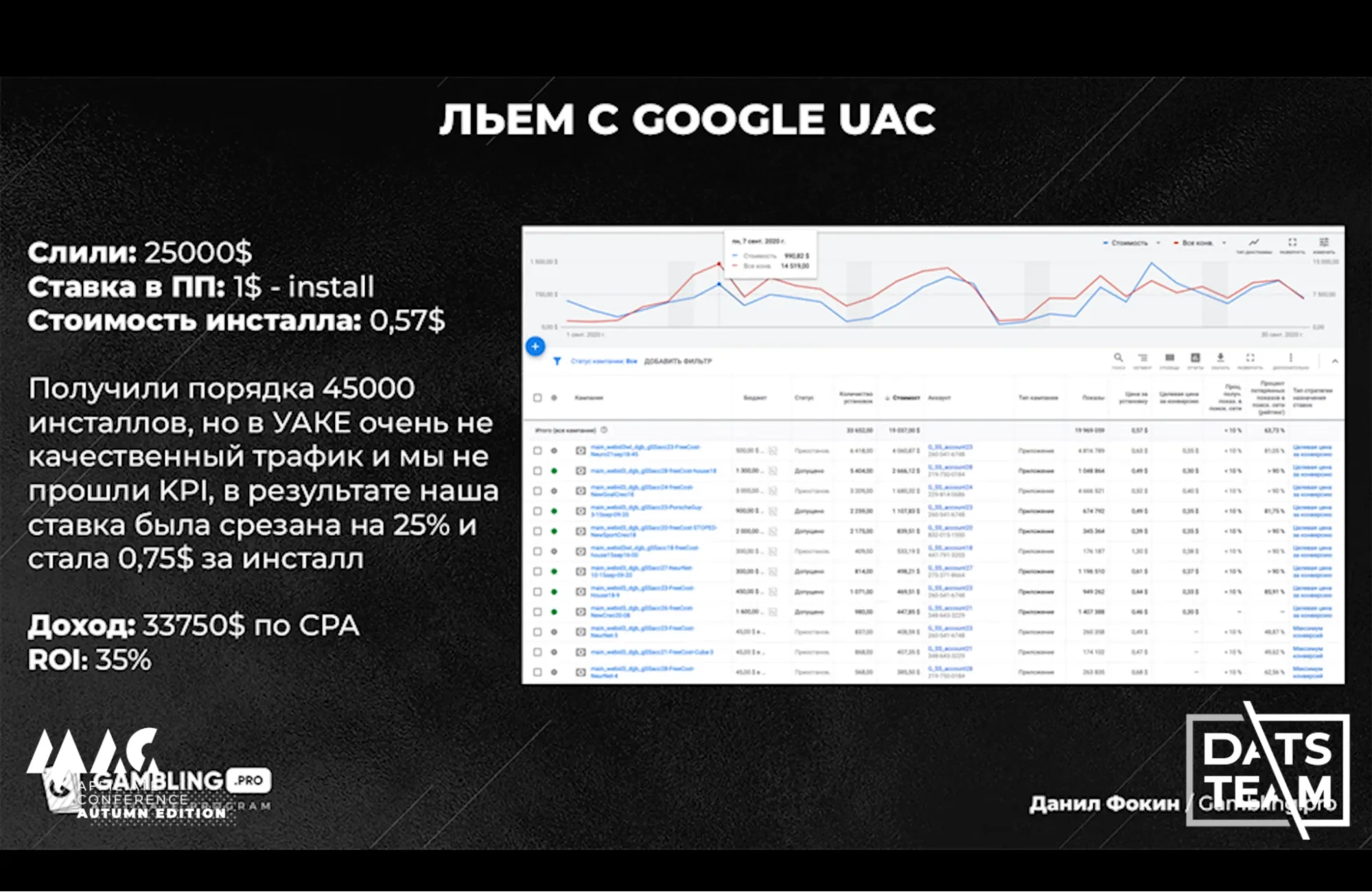
Sorry for the terrible quality
Case 2. Buying traffic from Unity Ads for gambling: 221% ROI and $1620 profit
- Offer: First Casino
- GEO: Ukraine
- Spent: $529
- Received: $1620
- ROI: 221%
This is a case from a small arbitrage team that we found on the Gambling.pro blog. The offer is private, chosen on the advice of the affiliate manager. At that time, the offer was fresh and unreleased. Unity Ads was cast on a themed app. Please note that there is not a word about the casino directly:

The average price of an install in Unity is $0.21. The offer rate is $20. The statistics speak for themselves:

Received 2521 conversions
Statistics in affiliate program:

Comment from the editors of AffJournal
In-App is an alternative traffic source that helps to diversify risks and make good money on volumes. If you're tired of the Facebook Ads routine and complex Google UAC moderation, testing in-app grids can be an outlet. Facebook Ads can constantly “storm”, Google Ads is more demanding on the quality of accounts. In turn, in-app traffic platforms have not yet been capitalized by webmasters so much that all creatives are completely banned.

by Editor
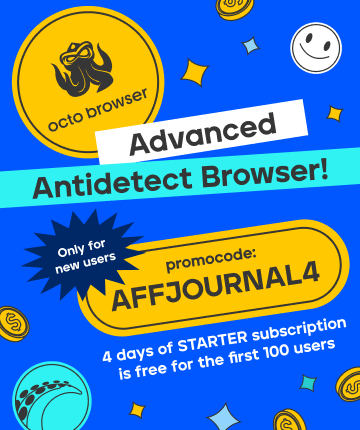

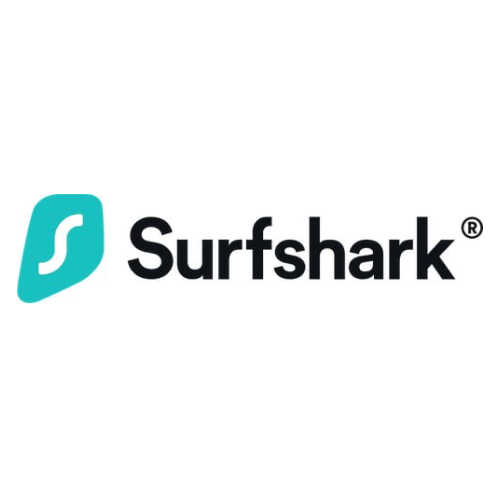
comments ....(0)
Leave a comment
You must be in to leave a comment